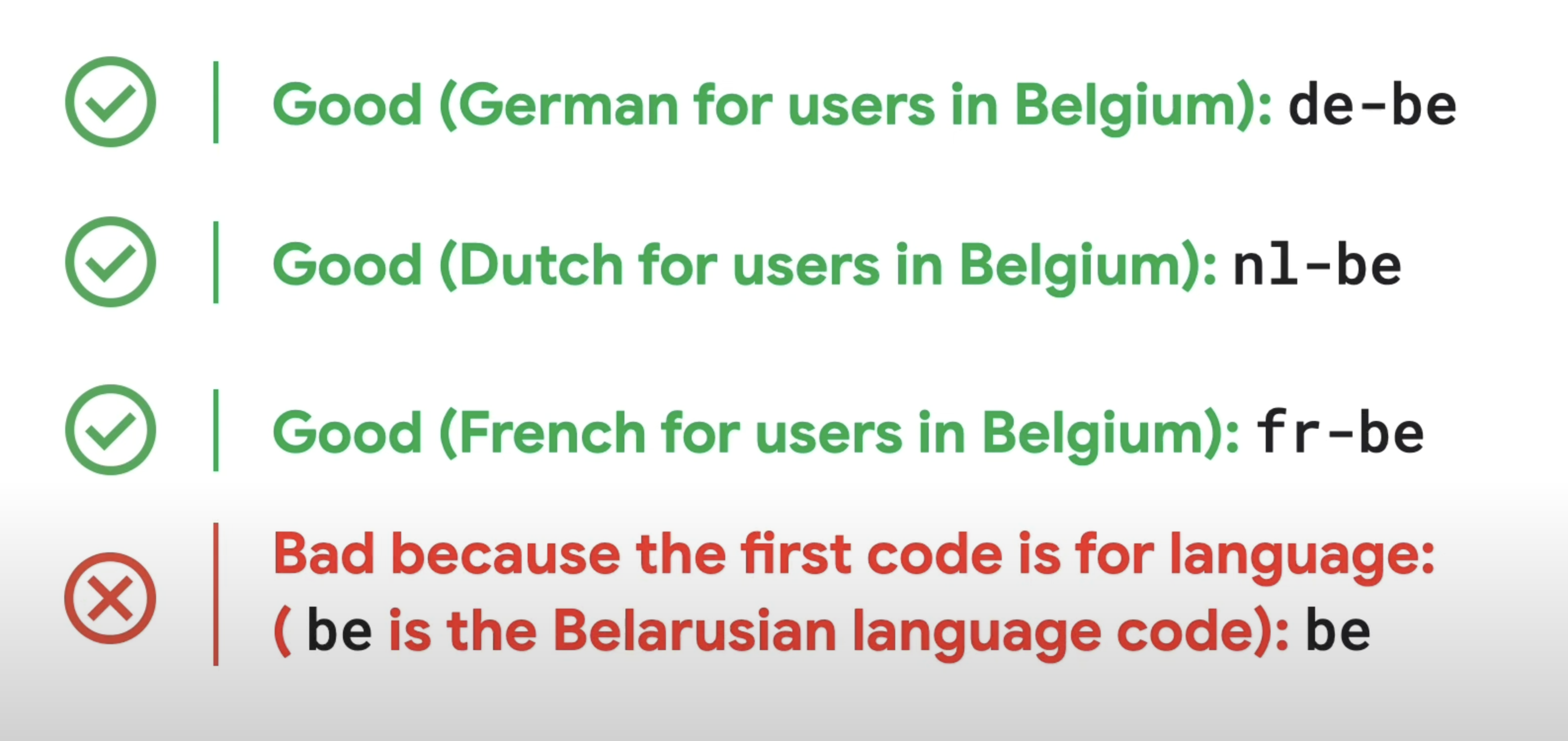In a recent Google Search Central YouTube video, Martin Splitt from the Google Search team shared three SEO tips for multilingual websites.
The video focuses on three aspects of website internationalization:
- Website structure
- Hreflang attributes
- Choice of language
Here’s what Splitt advises when managing these three components.
1. Website structure
Splitt discussed three ways to structure websites for international audiences:
- Use of local TLDs (e.g. .de, .fr)
- Implementation of subdomains
- Using subfolders
Split explained:
“The most common and recommended ways to handle international websites are either to use local TLDs like .de or .it or so on, or to use subdomains or subdirectories.”
He added that:
“each of these come with their own advantages and disadvantages, so be sure to choose carefully and choose the one that best suits your specific case.”
You can see the pros and cons he refers to in the screenshot below:
2. Hreflang attributes
The second tip concerns the correct use of hreflang attributes.
These attributes help search engines understand the relationship between different language versions of a page.
Splitt outlined three main points:
- Use valid language and country code combinations
- Make sure all language variations are connected to each other
- Include self-referencing links for each language version
Splitt states:
“First of all, make sure the properties are valid. Use valid language country code variants. And then make sure all variants link to each other.
Last but not least, make sure to include a self-referral link as well. For example, this German site references itself alongside the English and Japanese versions.”
See the screenshot below for the example he’s referring to:

Here are examples of valid attribute usage compared to an invalid usage:
 Screenshot from: YouTube.com/GoogleSearchCentral, October 2024.
Screenshot from: YouTube.com/GoogleSearchCentral, October 2024.Finally, Splitt noted that hreflang can be implemented through HTML tags, HTTP headers, or XML sitemaps.
See also: Google on how to simplify Hreflang implementation
3. Choice of language
The third recommendation focuses on the language version.
Splitt suggests providing links to different language versions instead of automatically redirecting visitors based on assumed preferences.
He stated:
“Don’t automatically assume or forcefully redirect your users to a specific version. By linking to different language or country versions, you give users a choice and also help Google bot and others discover those versions.”
 Screenshot from: YouTube.com/GoogleSearchCentral, October 2024.
Screenshot from: YouTube.com/GoogleSearchCentral, October 2024.Bonus tip: Quality over quantity
In an additional tip, Splitt cautioned against overdoing your international SEO efforts.
He recommended focusing on locations that matter to your business and can be properly supported.
Split prevailed
“Don’t overdo it with internationalisation. Choose the locales and countries that really matter to you and you are willing to support properly.
Instead of blank translated pages, make sure you have content that is useful to the different audiences in the countries you care about, and make sure they have a good experience in each of your language variations.”
See also: 4 Technical SEO Tips for Multilingual Websites
Why this matters
As your business grows, website internationalization becomes increasingly important.
By following these guidelines from Google, you can improve your website’s visibility in international search results while providing a better experience for visitors.
Watch the full video below:
